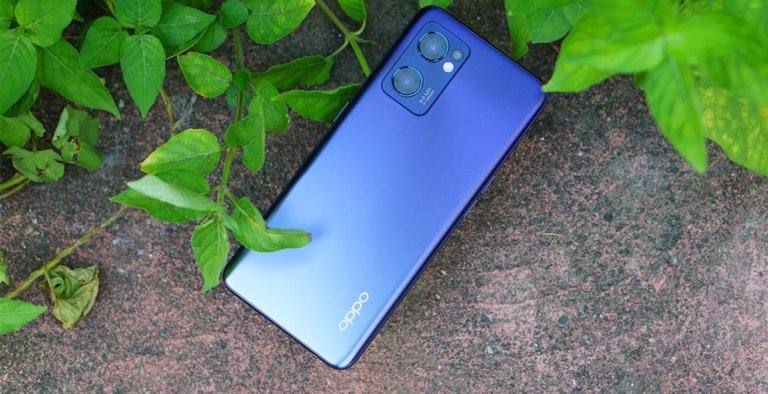
The OPPO Reno7 5G is a direct successor of last year’s Reno6. Not much has changed on paper, however, as the Reno7 still comes with a MediaTek Dimensity 900 5G, a 90Hz 6.4-inch AMOLED screen, and a triple camera setup headlined by a 64MP f/1.7 shooter. It seems that the brand has focused more on improving its imaging system and design. Do these upgrades mean a better overall experience? Let’s find out.
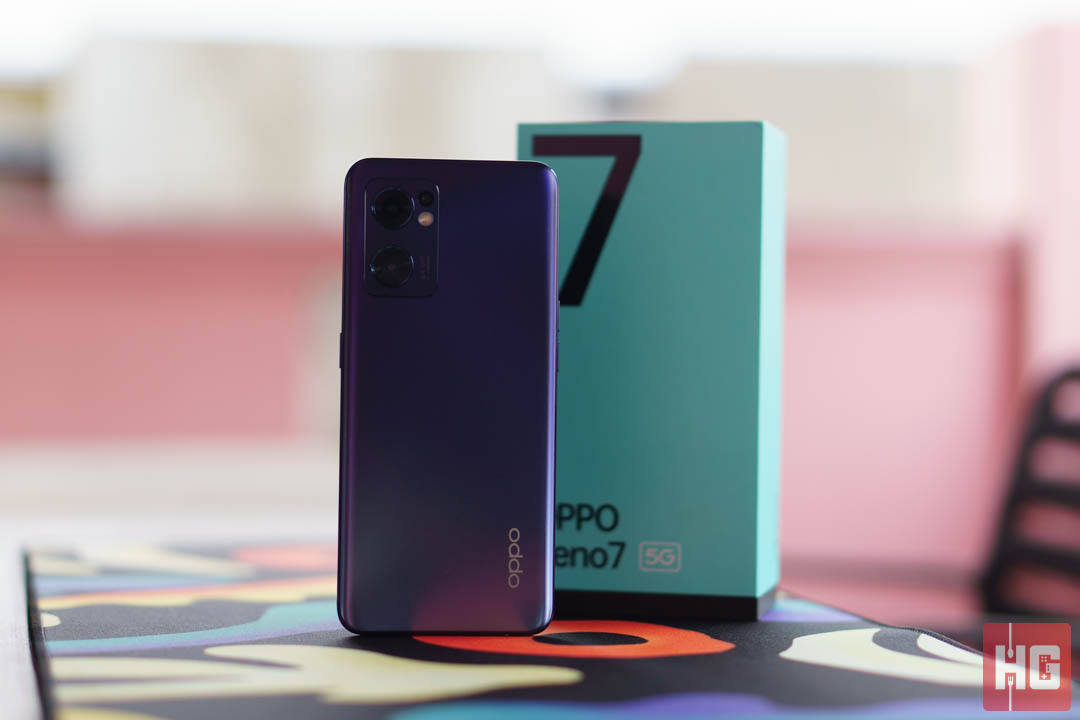
| Chipset | MediaTek Dimensity 900 5G |
| Screen | 6.4-inch AMOLED, 2400 x 1080, 90Hz, Gorilla Glass 5 |
| RAM | 8GB LPDDR4x |
| OS | Android 11, ColorOS 12 |
| Rear Camera | 64MP f/1.7 Main, 8MP f/2.2 Ultrawide, 2MP f/2.4 Macro |
| Front Camera | 32MP f/2.4 |
| Storage | 256GB UFS 2.1 |
| Network | Dual-SIM, 5G |
| Connectivity | WiFi 802.11ax, Bluetooth 5.2, NFC, USB Type-C |
| Battery | 4,500mAh, 60W Fast Charging |
| Others | In-Display Fingerprint Scanner |
| Dimensions | 156.8 x 72.1 x 7.59mm |
| Weight | 185g |
| Colors | Starry Black, Startrails Blue |
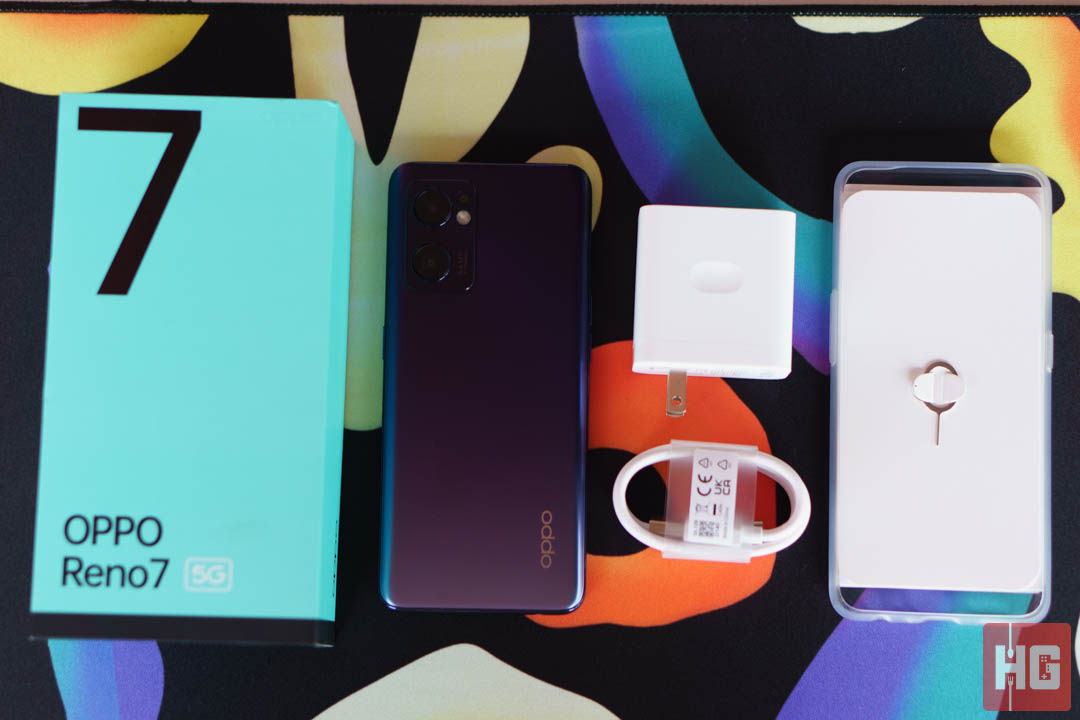
The OPPO Reno7 5G comes in the now-traditional turquoise blue box that previous Reno entries came in. Inside are the smartphone, a 65W SuperVOOC wall adapter, a USB Type-C cable, the device’s silicone case, a SIM ejector pin, and documentation. Not much here out of the ordinary and OPPO keeps everything simple in terms of packaging.
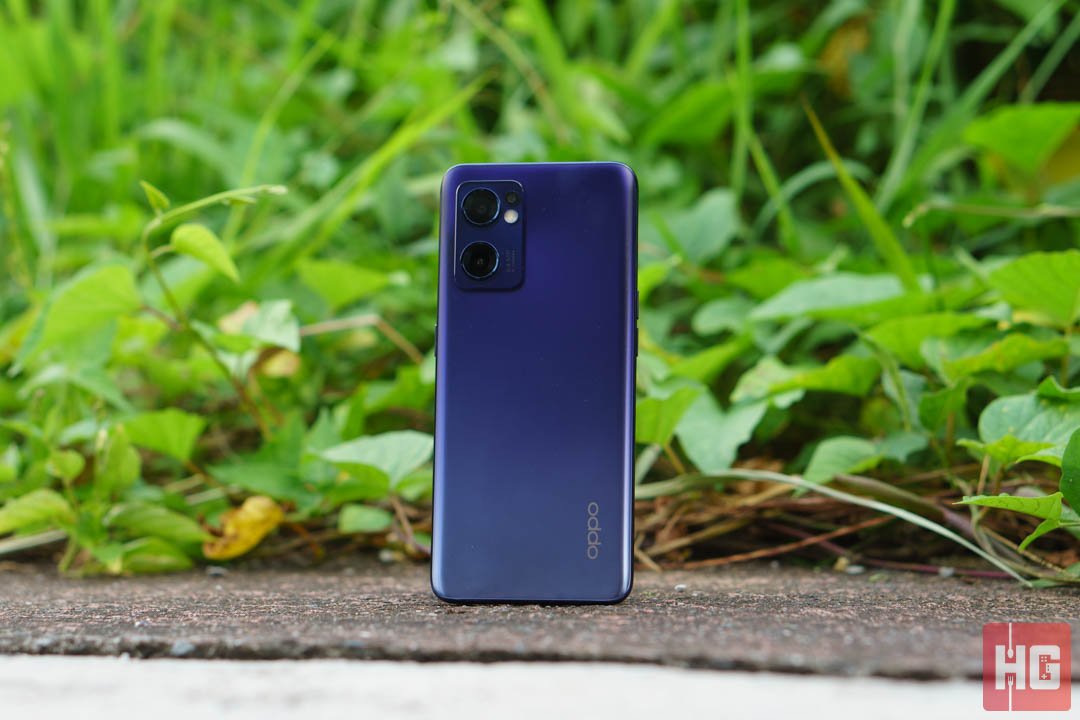
The smartphone comes in two color variants: Starry Black and Startrails Blue. The one we have for review is the former but it seems that the latter is the brand’s flagship color. OPPO says that they have used a Laser Direct Imaging to reproduce a unique glow on the smartphone on the Startrails Blue version. The Starry Black variant is much more straight forward with a dark blue colorway with a matte finish and reflective grains to simulate stars when directly hit by light.
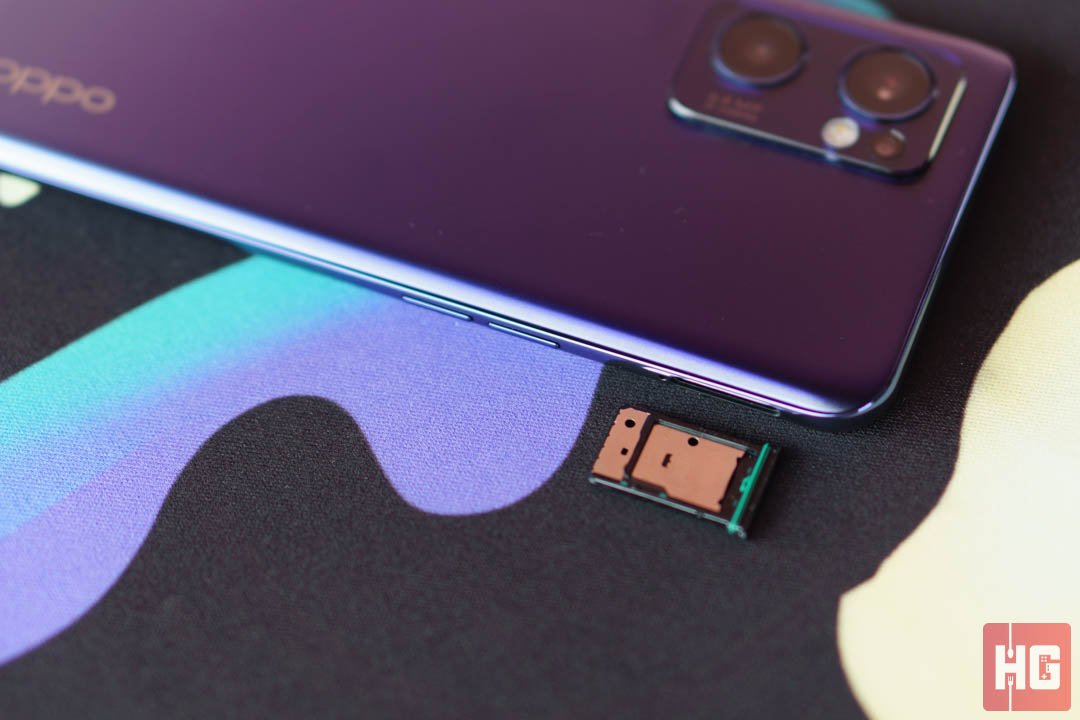
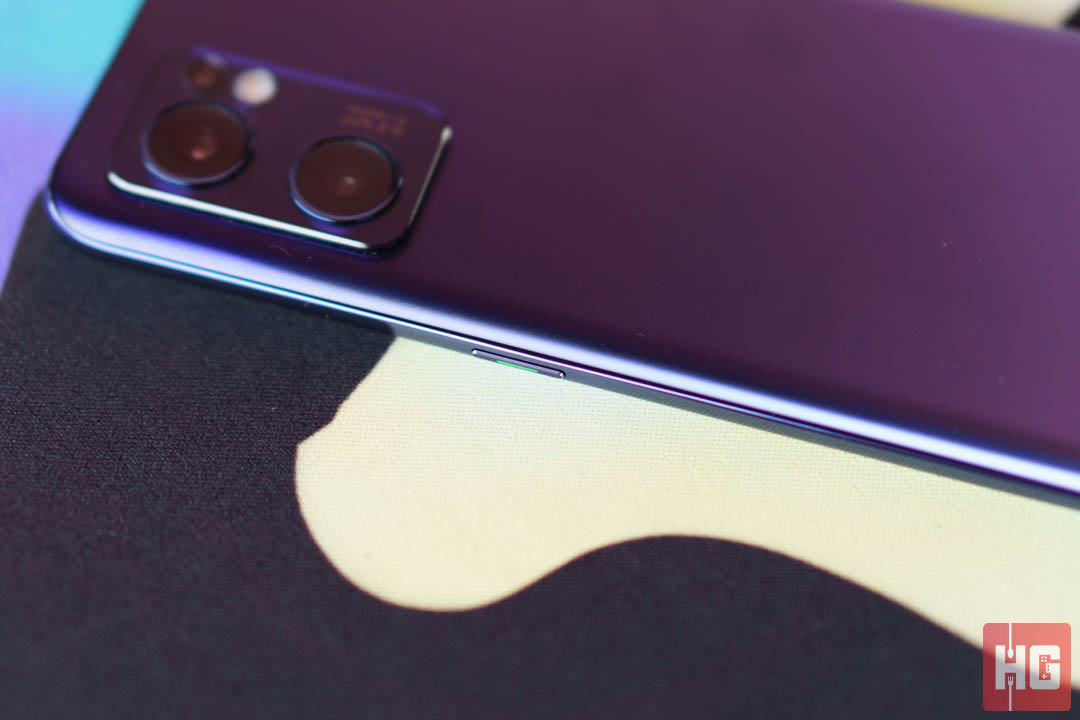
Its sides are curved and is comfortable to handle even without a case. Its power button is placed at the right-hand side while the volume buttons are on the reverse. All buttons are very tactile and have minimal mushiness when pressed. Just at the top of the volume controls is its hybrid SIM tray that can accommodate two nano SIM cards and a MicroSD card.
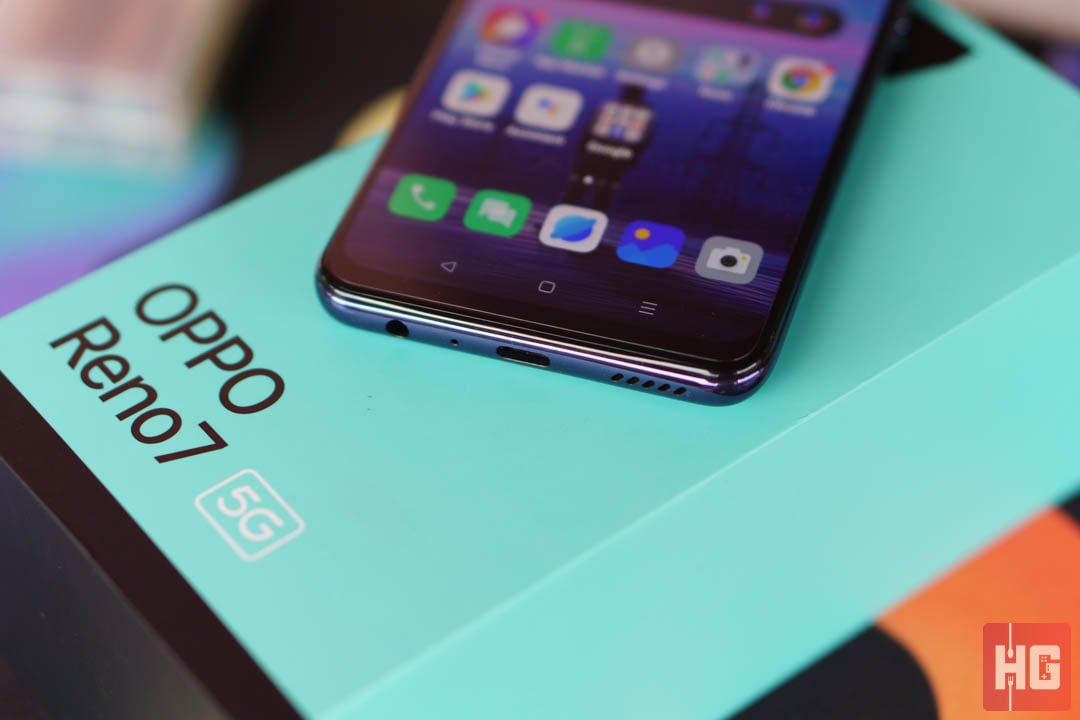
At the base of the Reno7 5G are its ports which includes a 3.5mm audio jack and a USB Type-C port that supports 65W SuperVOOC charging. At the end is a single bottom-firing speaker for audio.
The OPPO Reno7 5G is built solidly but the chassis itself is made out of plastic. There is some slight flex on the back panel when pressed but nothing too alarming. Frankly, OPPO should have applied a Gorilla Glass rear or even used aluminum for a more premium feel.

Not much has changed when it comes to the Reno7’s display from its predecessor. It still packs a 6.4-inch AMOLED screen running at 90Hz with a typical brightness of around 430nits. OPPO does add HDR10+ support on the to add something extra to the device. They also throw in Gorilla Glass 5 to protect the screen as well as a pre-applied screen protector.
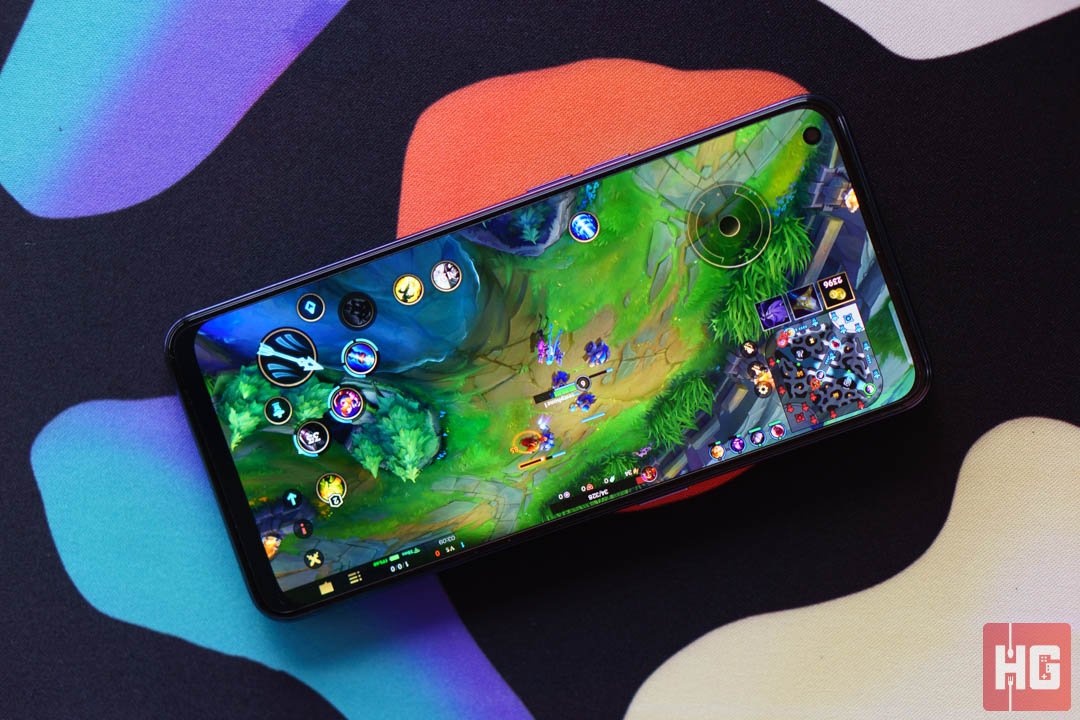
Display performance is largely the same as before. Colors look great and blacks are deep thanks to the AMOLED panel and coverage is impressive at around 92% DCI-P3. The screen does prefer green hues and slightly underplays red and blue colors but this shouldn’t be noticeable to the average user. Brightness is around 413cd/m2 and can push through bright light.

Audio comes from the aforementioned bottom-firing speaker. OPPO isn’t using the earpiece for stereo, which is unfortunate since some midrange devices are doing this trick to improve audio. Its speaker is decent enough with clear vocals and good volume but it does lack punch and highs can get slightly tinny at maximum.



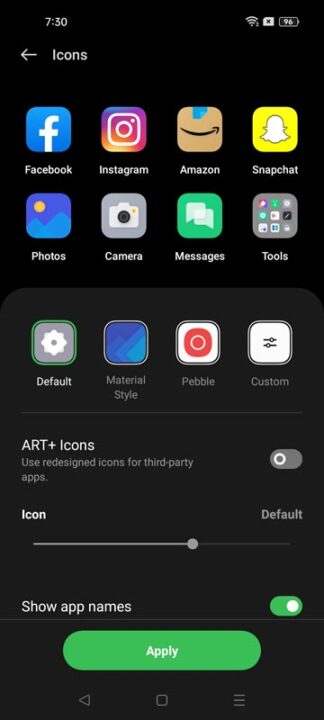
The Reno7 5G is still based on Android 11 though we fully expected it to come with Android 12 by default. On top is ColorOS 12, which is a heavily-skinned version of its base OS. Again, there is a lot of customization with the smartphone having several icon packs and can be further adjusted on preference.
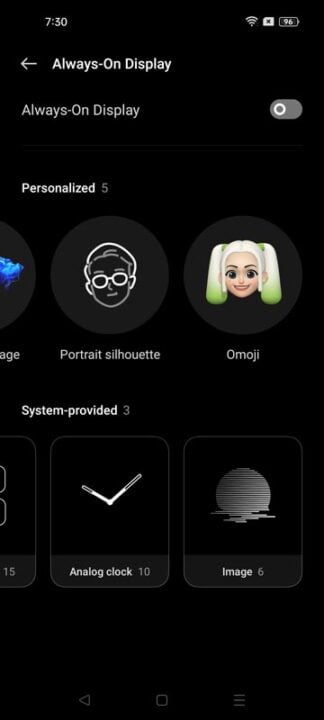
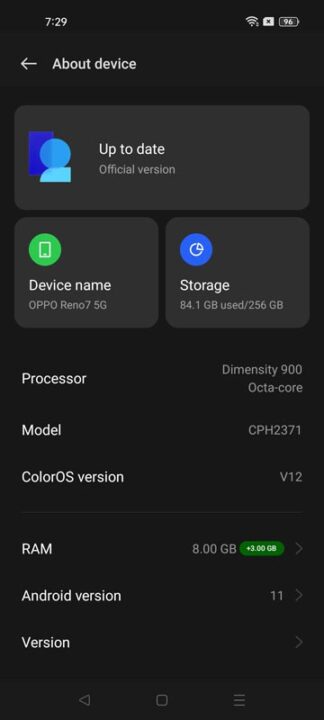
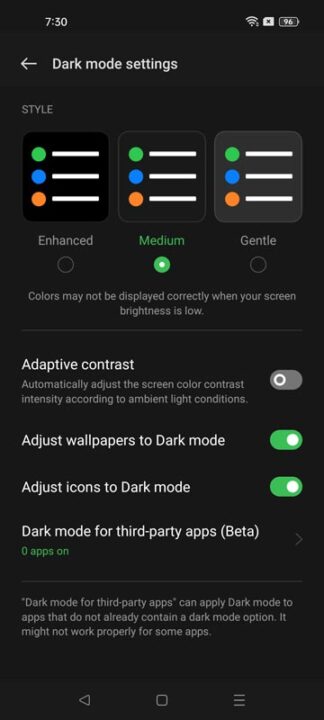
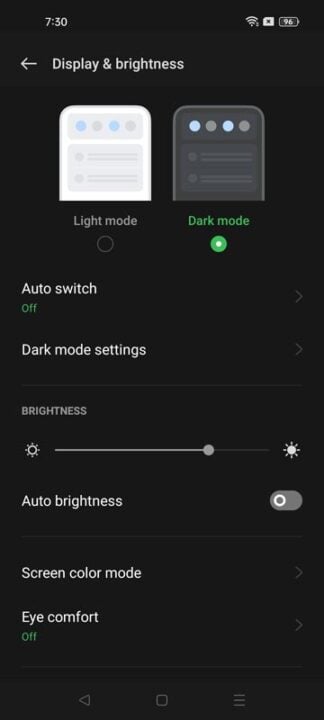
OPPO adds Omoji where you can create your own avatar and emojis. Always-On Display is being tacked on with the addition of Portrait Silhouette that can turn your selfies into silhouettes. PC Connect is pre-installed that allows users to synchronize their PC and smartphone like copying files across devices.

The OPPO Reno7 5G has a total of four cameras: three at the back and one at the front. At the back is a 64MP f/1.7 main lens powered by an OmniVision OV64B sensor, an 8MP f/2.2 ultrawide with a Sony IMX 355 sensor, and a 2MP f/2.4 macro lens sporting an OmniVision OV02B10 sensor. Its selfie camera is a 16MP f/2.4 shooter with a Sony IMX471 sensor.
Its camera app is accompanied by all the standard OPPO options that we are familiar with. AI Enhancement is present to boost photos as well as 64MP mode for the full resolution of the main camera. OPPO is also throwing in Dual-View Video and Soloop templates, the latter of which helps with quick byte videos.



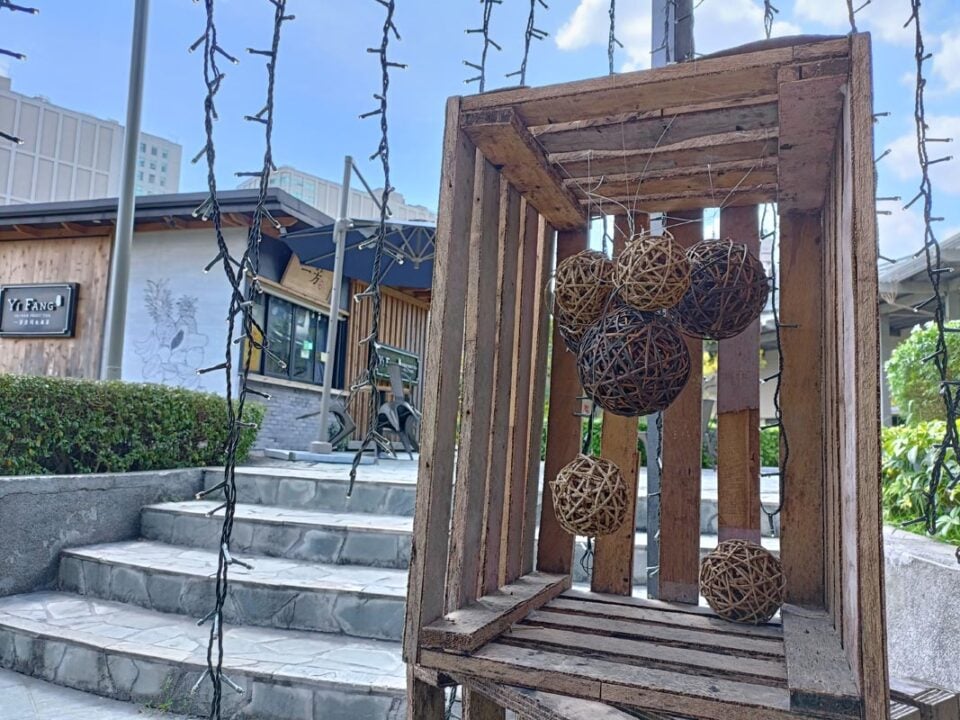
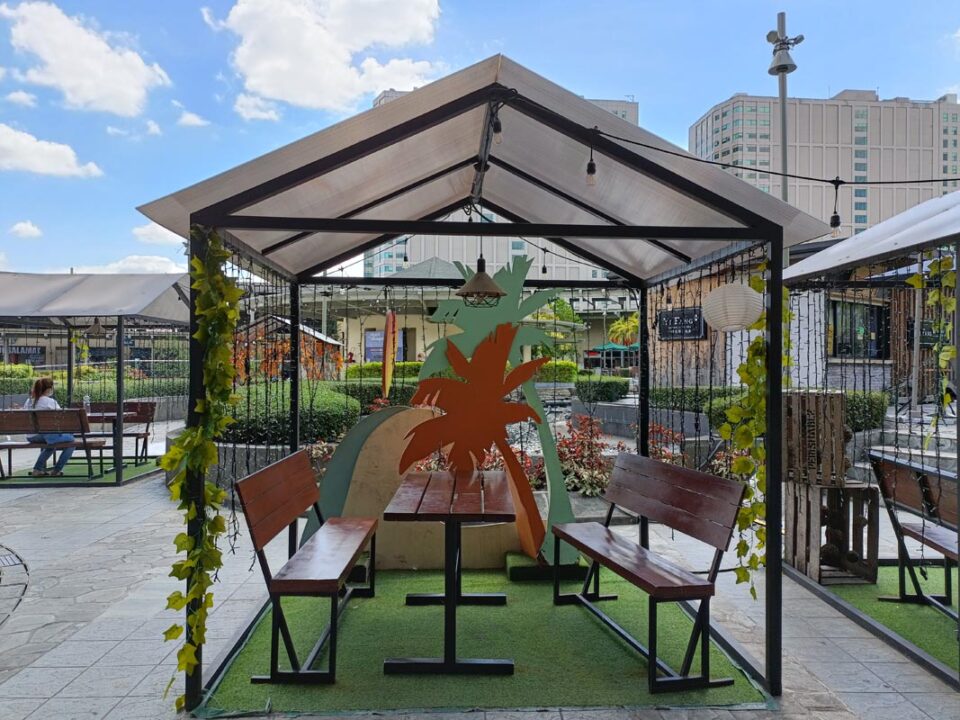



The Reno7 5G’s 64MP f/1.8 main camera natively takes 16MP photos. Photos taken in daylight or in good light are captured very well. Colors pop especially with AI Enhancement and features are detailed. HDR performance works well, too as details in shadows in high contrast areas are still noticeable upon inspection.
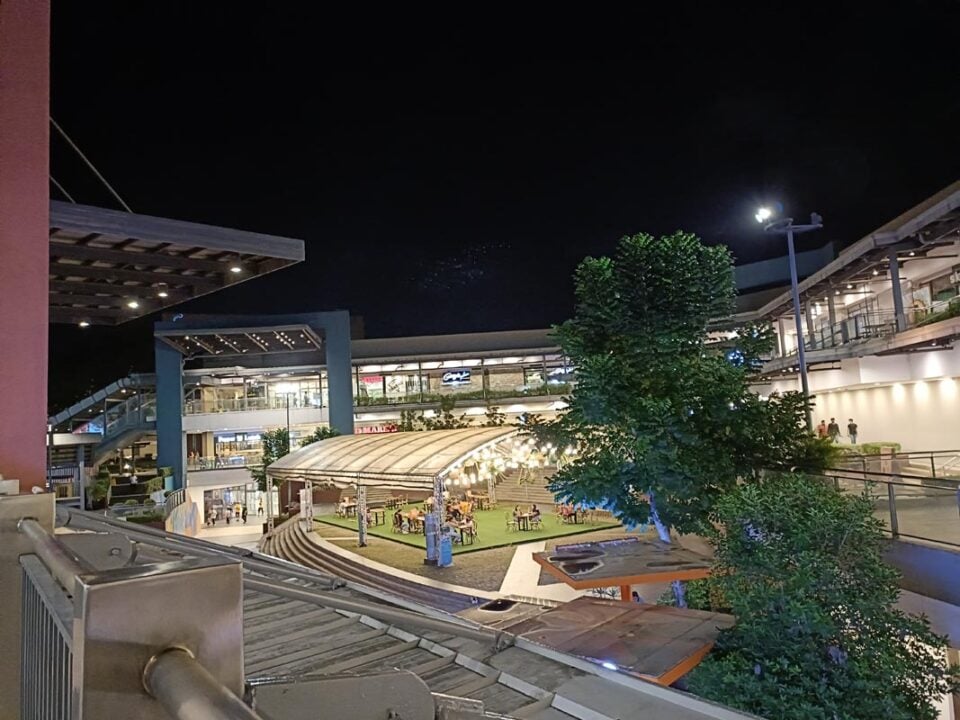
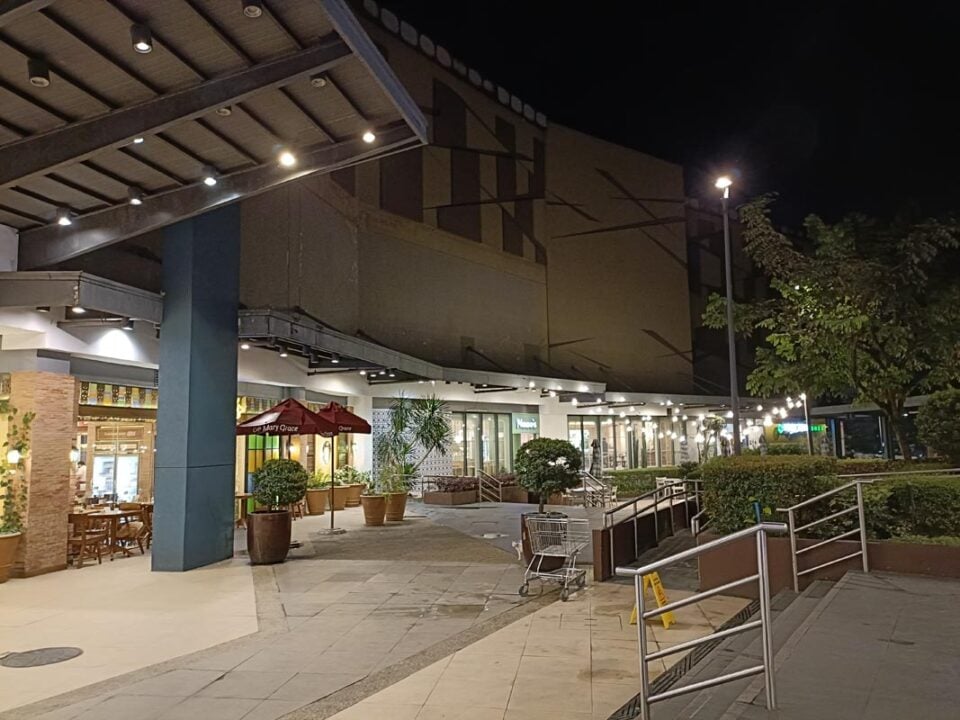
Performance in low light is terrific as well. The camera is able to take gorgeous images with good color reproduction and detail. Noise is still noticeable in some areas though Night Mode can compensate in darker scenes.


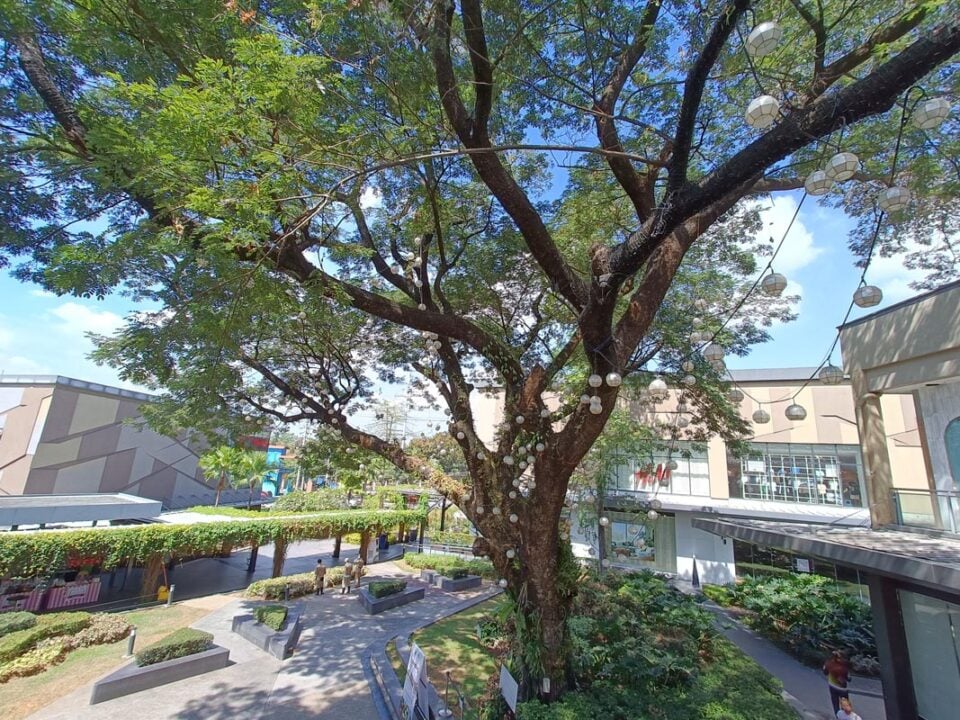

Colors are slightly more saturated on the smartphone’s 8MP f/2.2 ultrawide camera. We prefer the more natural-looking colors of its main cameras. Details are also lost on closer inspection but overall performance is good enough for an ultrawide secondary.

Inside the OPPO Reno7 5G is a MediaTek Dimensity 900 5G chipset complemented by 8GB of RAM and 256GB of storage. It is the same setup found on last year’s Reno entry and has the same performance as expected. It will breeze through your average task without heating up that much. There are minimal delays in commands or lag in general usage.
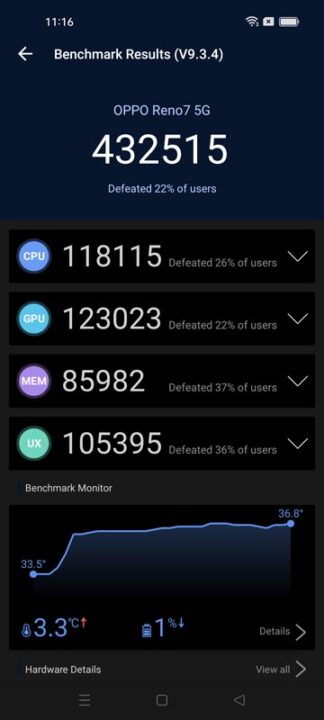
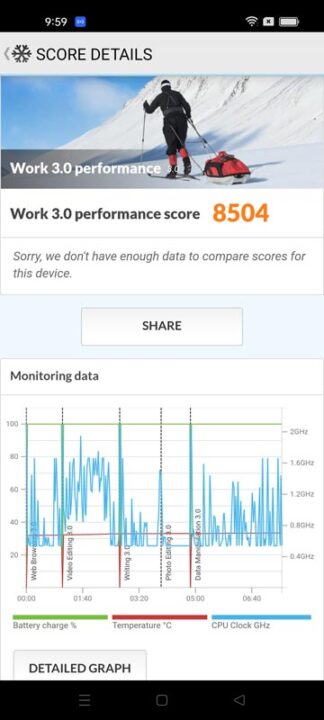
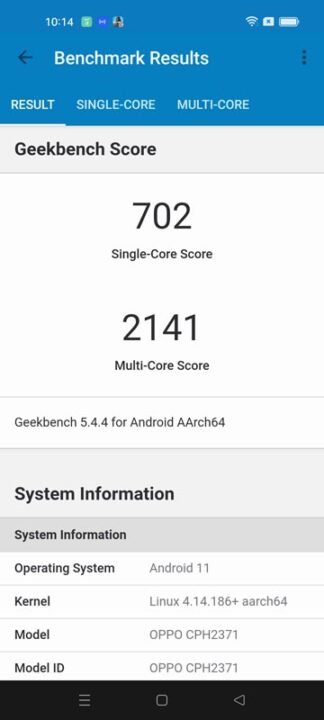
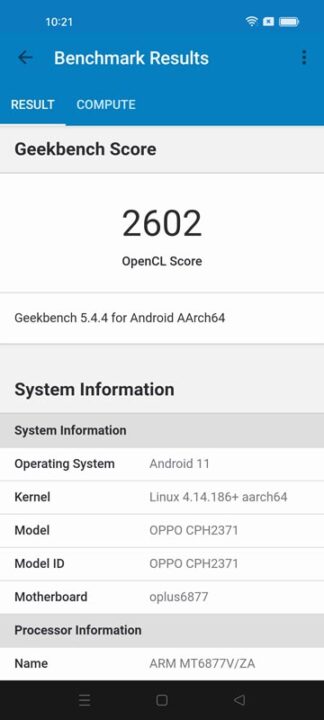
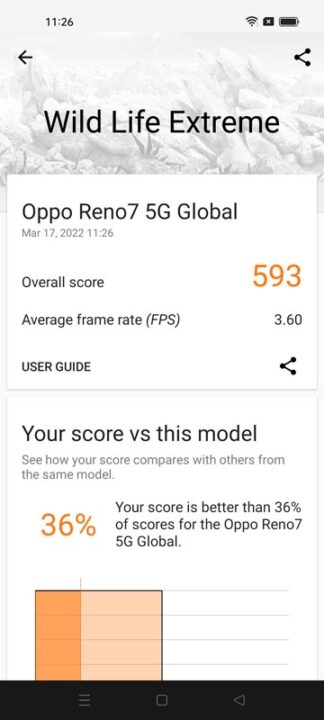
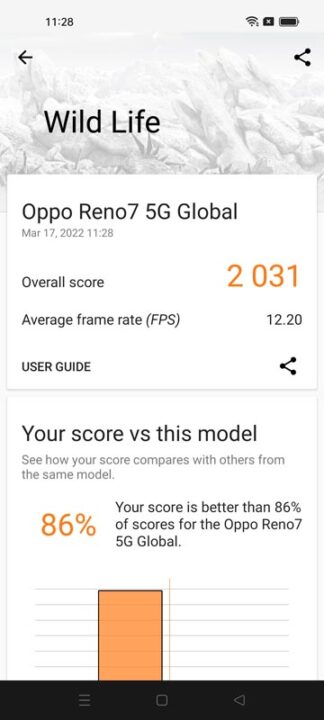
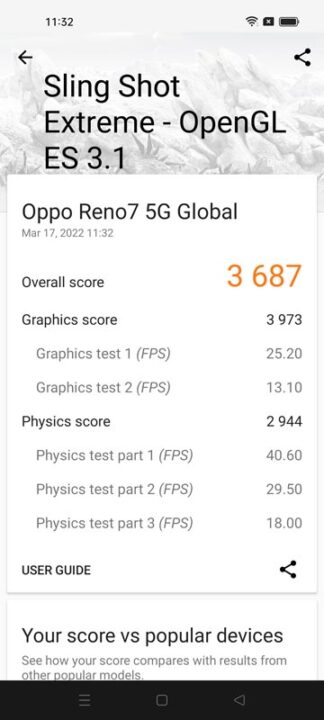
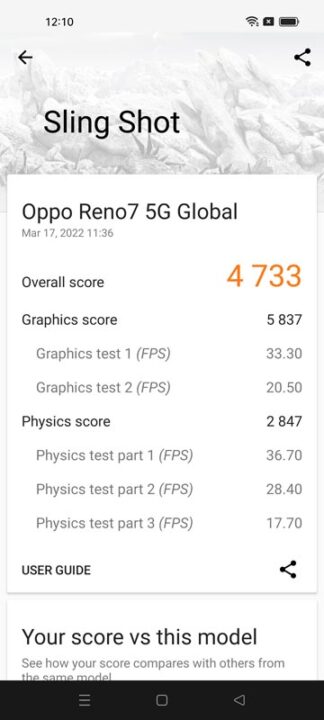
Benchmark numbers are slightly lagging compared to similarly-priced devices due to the older chipset. Performance in AnTuTu is below the 500,000 mark while PCMark Work 3.0 scores at around 8,500. We did expect a newer platform for the Reno7 but its Dimensity 900 5G is still good enough for most scenarios.

Gaming performance is terrific on mainstream titles. Most games will run at a steady framerate at their highest possible settings. The device also supports high refresh rate mode on some titles like League of Legends: Wild Rift where it can take advantage of its 90Hz display. Some graphically-intensive games, however, will encounter some dip in framerate as apparent in Genshin Impact.

Powering the Reno7 is a 4,500mAh battery, 200mAh more than the battery found on its predecessor. It will be able to last throughout the day with average use with casual gaming in-between. The device lasts around 14 – 15 hours on PCMark Work 3.0 with medium brightness and volume.
It does support 65W SuperVOOC charging that tops up the battery quickly. Its whole battery pack can be filled up from 0% to full in just under an hour.
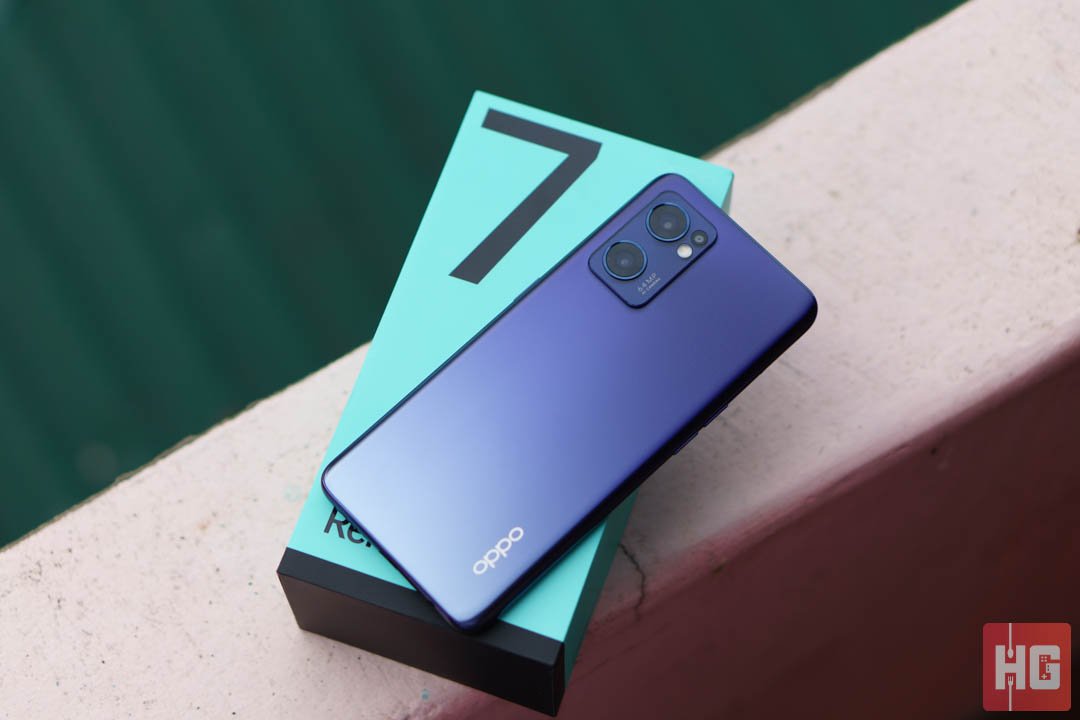
The OPPO Reno7 5G is a solid smartphone to have. It has a great screen, good performance, and an incredible set of cameras especially its 64MP f/1.8 main lens. The design is pretty okay but it could have been more premium by having an aluminum frame or at least a glass back.
It is obvious, however, that the Reno7 5G is just a refresh of the Reno6 5G. It has a new coat of paint, sure, but performance is very similar. It does have a similar entry price of PhP 26,999 making it’s a bit less value for money compared to its predecessor.
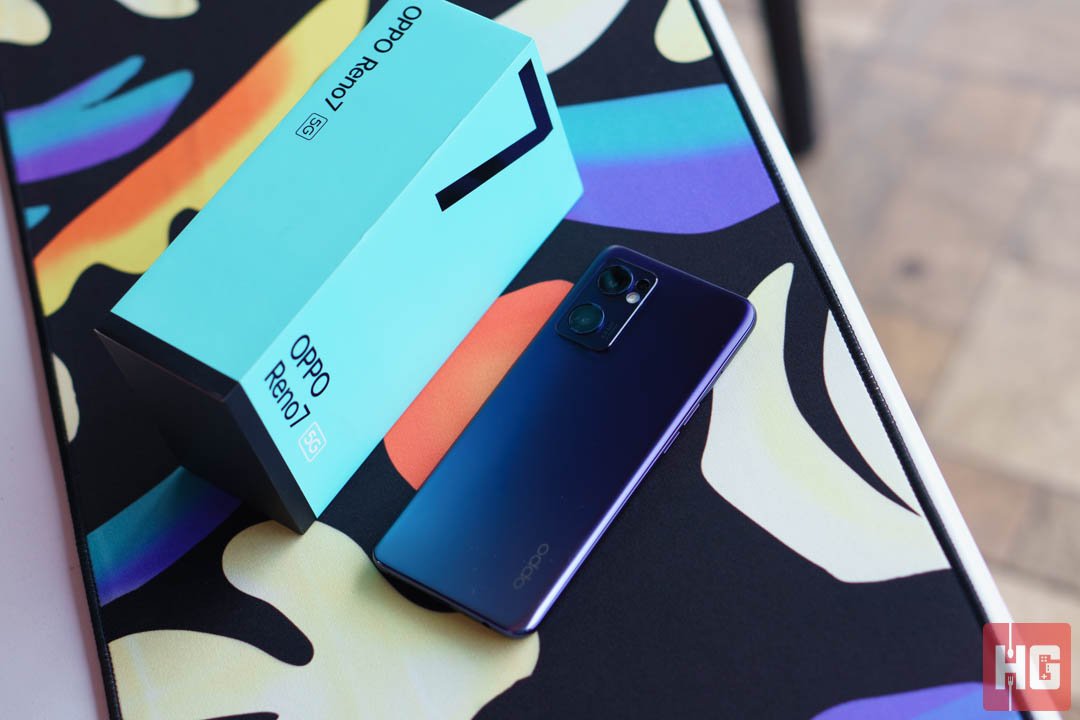
Those who already have the Reno6 5G or something similar might just want to skip the OPPO Reno7 5G. But for those who are looking for a solid daily driver with good cameras and decent performance can find a lot to like on the smartphone.
The OPPO Reno7 5G is now available in the Philippines for PhP 26,999. You can get it through the official OPPO flagship Shopee and Lazada stores, concept stores, and authorized retail stores nationwide.
